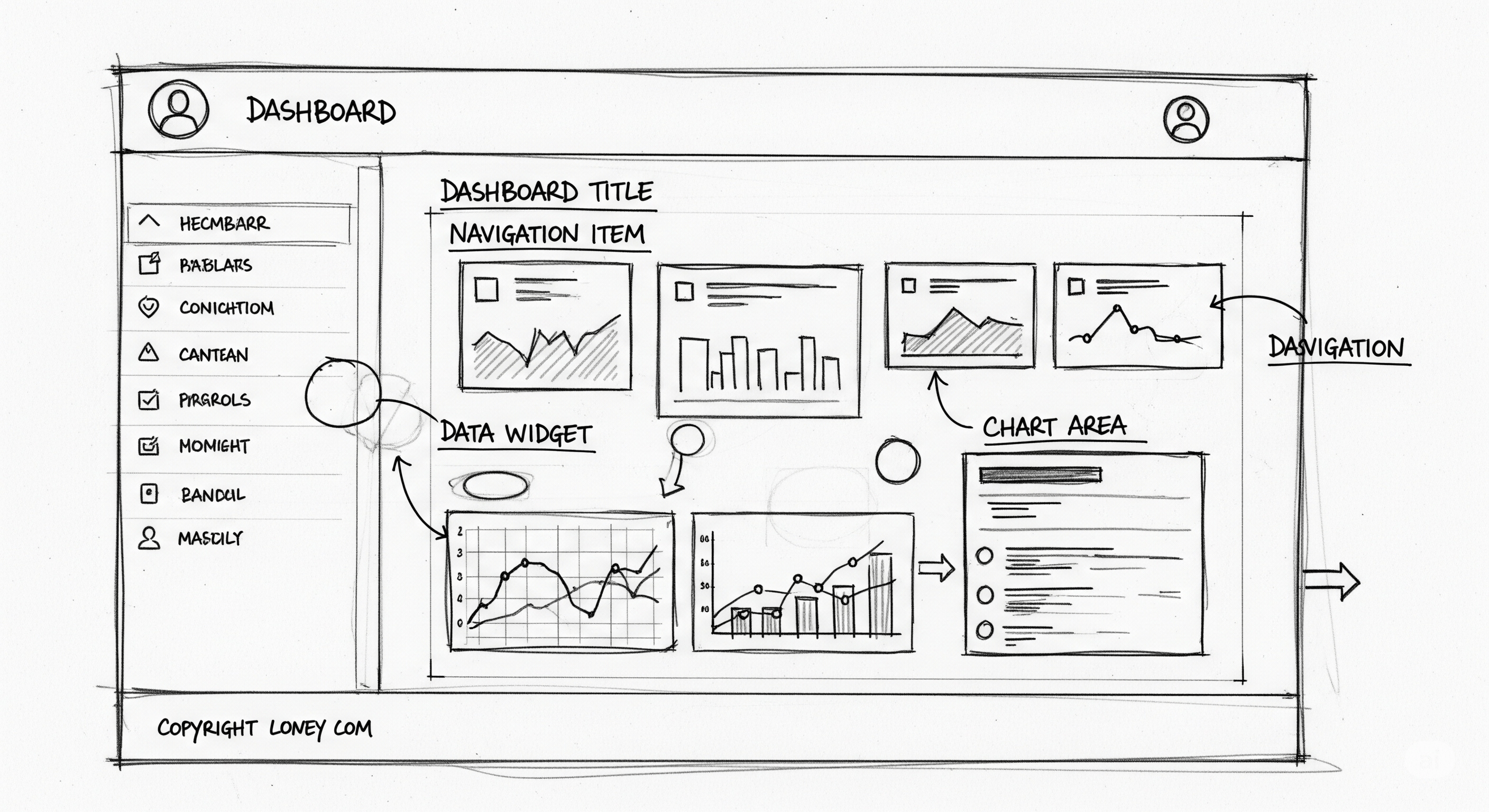How to Build an Effective IoT Dashboard
May 7, 2024
Building an effective IoT dashboard is both an art and a science. It's not just about displaying data; it's about presenting it in a way that is intuitive, actionable, and provides immediate value to the user. A well-designed dashboard can be the difference between a successful IoT implementation and a collection of confusing, underutilized data streams.
This guide will walk you through the key principles and best practices for creating dashboards that empower users to make informed decisions quickly.
1. Define Your Audience and Objectives
Before you place a single widget, ask the most important questions:
- Who is this dashboard for? (e.g., a factory floor operator, a business analyst, a home user)
- What is their primary goal? (e.g., spotting anomalies, monitoring uptime, tracking energy usage)
- What key decisions will they make based on this data?
The answers to these questions will dictate every subsequent choice, from which widgets to include to how they are arranged.

2. Choose the Right Visualizations
Not all data is created equal, and neither are the widgets used to display it. Matching the visualization to the data type is critical for clarity.
- Line Charts: Ideal for showing trends over time (e.g., temperature fluctuations over 24 hours).
- Bar Charts: Best for comparing distinct categories (e.g., output of three different machines).
- Gauges (Dial Bars): Excellent for showing a single value relative to a minimum and maximum range (e.g., tank fill level, pressure).
- LED Indicators: Perfect for binary status information (e.g., on/off, online/offline, good/fault).
- Maps: Essential for any data that has a geographical component (e.g., asset tracking, fleet management).
- Tables: Useful for displaying detailed, precise log data or lists of events where individual values matter.
3. Prioritize and Organize Information
A common mistake is to cram too much information onto a single screen. This leads to cognitive overload and makes it difficult to spot what's important.
- The "Inverted Pyramid" Principle: Place the most critical, high-level information at the top and in the largest widgets. More detailed, granular data can be placed further down or accessed via drill-downs.
- Group Logically: Arrange related widgets together. For example, all metrics related to a single machine (temperature, pressure, output) should be clustered. This creates logical "zones" on your dashboard.
- Use Whitespace: Don't be afraid of empty space. It helps to separate and define different sections of the dashboard, making it easier to scan and read.
4. Provide Context
Data without context is just numbers. To make data meaningful, you must provide context.
- Use Clear Labels and Units: Ensure every widget has a clear title and that all data points have their units displayed (e.g.,
°C,PSI,Volts). - Set Thresholds and Alerts: Use color-coding or alert indicators to automatically highlight when a value is outside of its normal operating range. This immediately draws the user's attention to potential problems. For example, a temperature gauge can turn red when it exceeds a critical threshold.
- Compare to Baselines: Whenever possible, show the current value in relation to a historical average, a target, or a previous period. This helps the user understand if the current state is normal or abnormal.
5. Ensure Real-Time Performance
The "T" in MQTT stands for Telemetry, and the value of an IoT dashboard often lies in its real-time nature.
- Optimize Data Topics: Ensure your MQTT topics are structured efficiently to minimize unnecessary data transmission.
- Use Appropriate QoS: For real-time display, QoS 0 is often sufficient and reduces overhead. Use QoS 1 or 2 only when guaranteed delivery of every single data point is critical.
- Responsive UI: The dashboard itself should be fast and responsive, updating smoothly without flickering or lagging, even as new data arrives.
By following these principles, you can transform your ioCtrlMQ dashboard from a simple data display into a powerful tool for monitoring, analysis, and decision-making.